
The Importance of Leaf Litter
That leaf litter in your yard is more valuable than you may realize. Whatever you call it, don’t rake, blow, or bag it! Those leaves provide excellent protection for slugs, snails, worms, centipedes and millipedes, spiders, beetles, and even bats and small mammals.
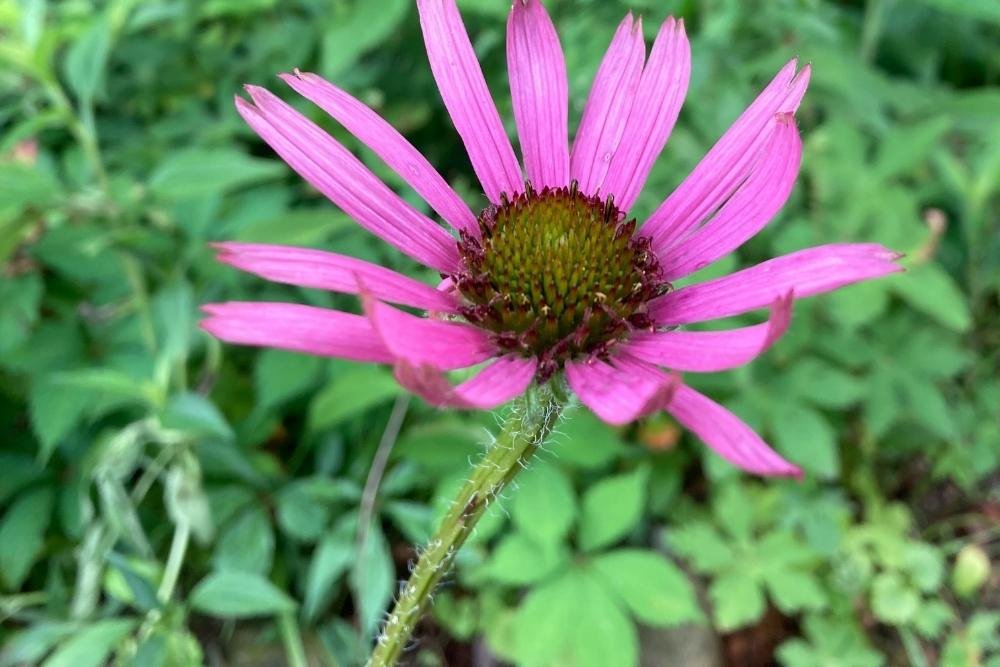
Native or Endemic...and a Plant That is Both
The term “native” is frequently used in regard to plants, but what exactly does it mean - and how does it differ from the term “endemic” plant?
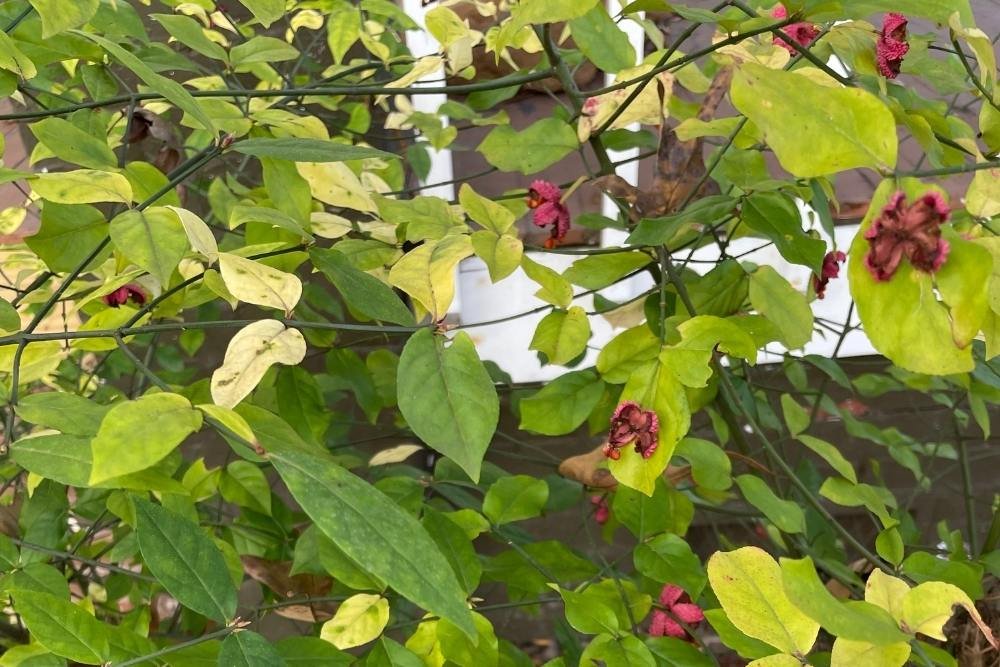
Strawberry Bush
Strawberry Bush – Euonymus americanus – is a deciduous, perennial shrub native to the southern and mid-Atlantic US. It grows to a height of 4 to 12 feet with a similar diameter and makes an excellent background or specimen in the landscape.
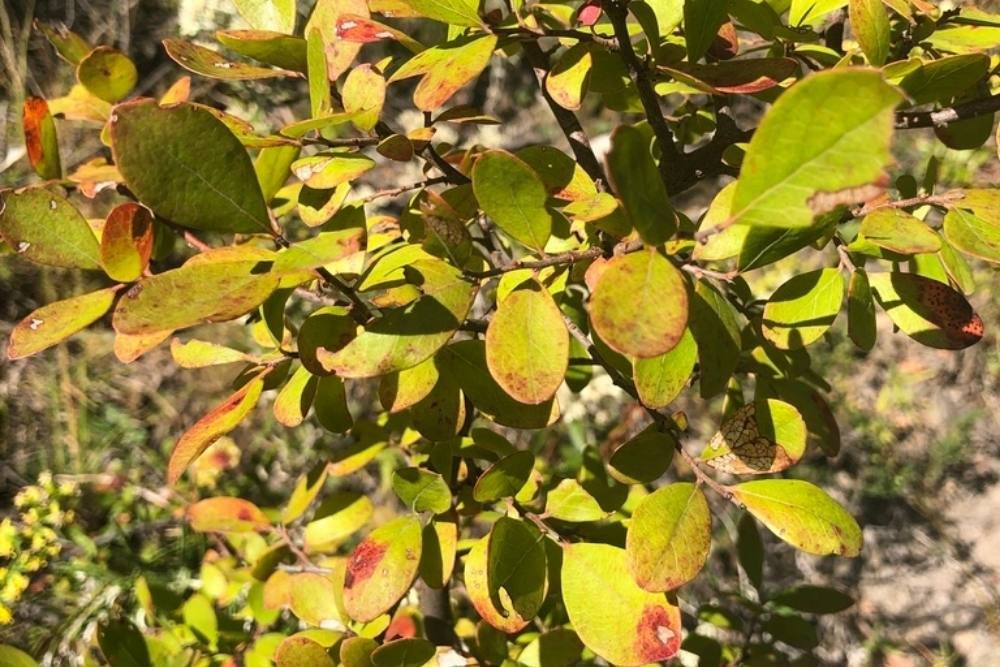
Sparkleberry
Sparkleberry (Vaccinium arboreum) is a semi-evergreen large shrub or a small tree that is the tallest of the blueberry Genus and grows in the southern United States. Its bright, glossy leaves will turn red to burgundy in the fall, and many will hold on most of the winter. One of its best characteristics is its exfoliating bark, with rich grey, brown, orange, and red often all present on older plants. In late spring or early summer, plants with decent sun become covered in showy, white, bell-shaped flowers. Its heat and drought tolerance are legendary once it is established, and it is one of the most handsome understory native species we have.
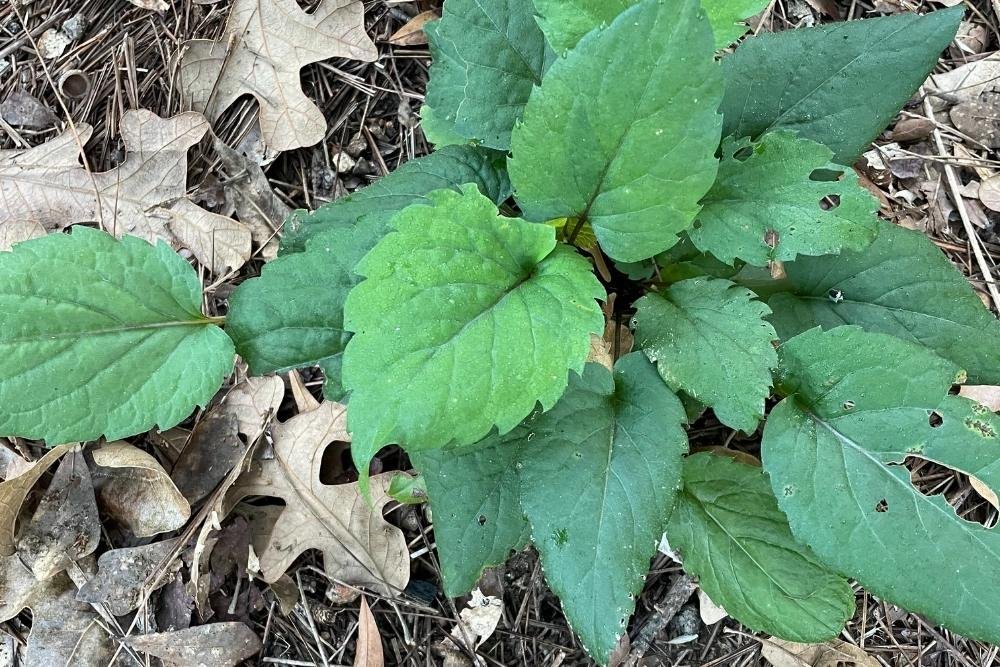
White Wood Aster
White Wood Aster – Eurybia (Aster) divaricata – is an herbaceous perennial found in the eastern U.S. This plant, with lush green foliage and dark stems, is hard to beat in summer. Then, in the late summer, one tiny white bloom will appear, then two more, until it is covered with white blooms that last for more than a month. Like many asters, it blooms when few other plants do and is invaluable as pollinator forage and for people who enjoy the blooms. Remember this, and never plant a garden without some asters!

The American Chestnut Tree
The American chestnut tree, Castanea dentata (C. dentata) was once one of the most dominant tree species of deciduous forests in the eastern United States. The effort to restore the American chestnut species involves developing American chestnut populations that are resistant to blight.
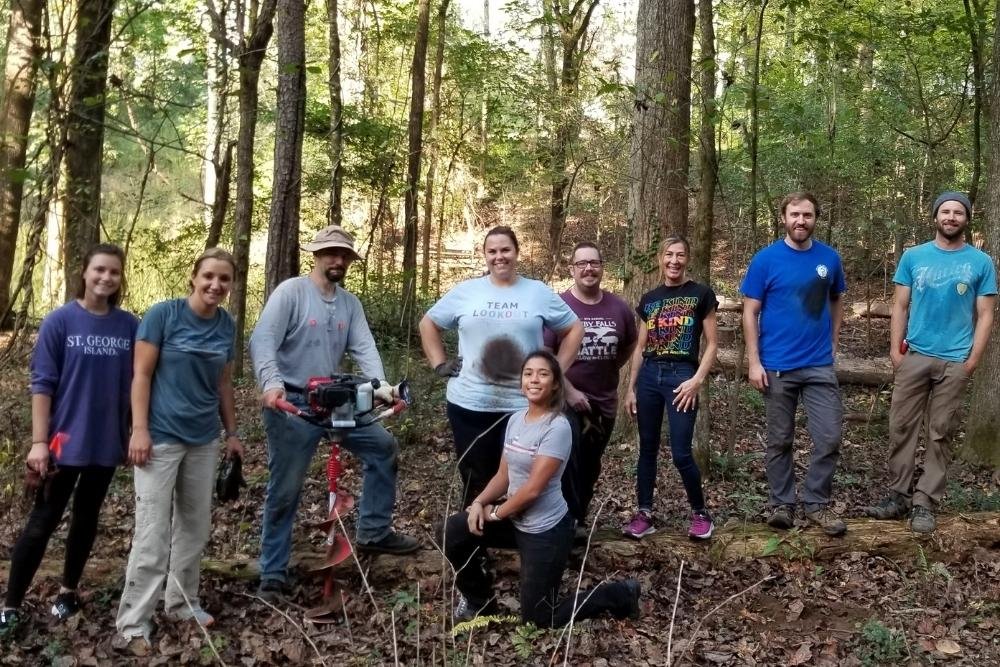
Hospitality Association Brings Project Full Circle
In 2020, a group from the Hospitality Association volunteered at Reflection Riding, pulling Chinese Privet (Ligustrum sinense) in our new Playscape area. Many of the volunteers from last year’s Trail Day returned this year and planted 120 native Spicebush (Lindera benzoin) to restore and help re-forest the area they had previously cleared. We enjoyed seeing the project come full circle and can’t wait to see the Spicebush swallowtails that will have a field day in that area!
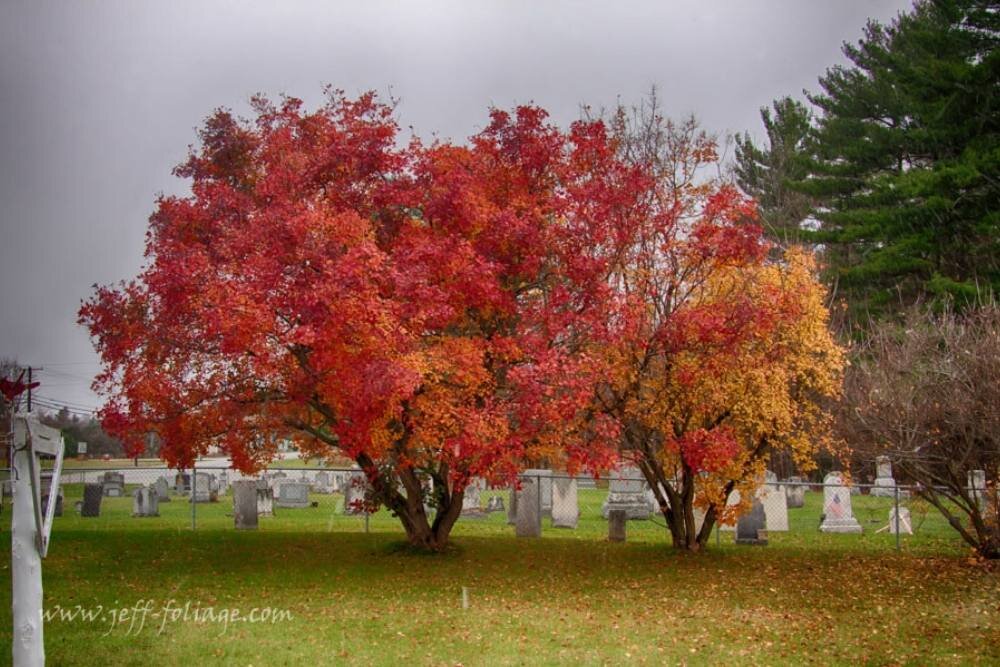
American Smoketree
Once abundant in the Southeast, the native American Smoketree (Cotinus obovatus), was detrimentally harvested in large quantities to extract dye during the Civil War Era. The heartwood of the smoketree is a vibrant yellow-orange color that was used in soldiers' uniforms and sashes. Today, it is rare to see a native smoketree in the wild, even on our 300-acre property. One of our only specimens resides on the eastern side of our Upper Pond.

The Animals of Halloween
Like many holidays, Halloween is associated with many superstitions, invoking fear and mystery. Several animals, like bats, owls, and crows, feature in eerie Halloween folklore. But are those animals truly spooky? Learn more about them to find out!

Yellow Anise
Yellow Anise – Illicium parviflorum – is a member of the Schisandraceae and is a large, dense, evergreen shrub native to Florida and the lower southeastern United States, but it does well in Hardiness Zones 6b through 9. it is extremely deer and rabbit resistant, is insect-pollinated, and provides shelter for birds and other wildlife. Yellow anise is in a class of its own: native, evergreen, fast grower, easy to grow, does well in shade.

Reflection Riding Conserves Additional Land
Through generous support from an anonymous donor and a private landowner, Reflection Riding acquired roughly three additional acres just outside its gate. This transaction will allow us to conserve this land forever through the same process used for our existing 300-acre property. The result is that we have secured permanent public access to popular adjacent trails. This mechanism uses federal grant dollars to permanently conserve and protect important lands where Civil War battles took place, so they cannot be developed.

Wax Myrtle
Wax Myrtle – Morella cerifera – is a member of the Bayberry (Myricaceae) family. It is an evergreen large shrub/small tree, growing to 20 feet high and 15 feet wide. Wax myrtle is one of a handful of our native evergreen shrubs that is easy to grow. For those of us who primarily use natives, the demand for evergreens is a challenge, and wax myrtle is one of our best options. It has very inconspicuous flowers, and its leaves and stems have a spicy, aromatic fragrance when they are crushed. In a pinch, its fragrant leaves can be used as a natural bug repellant.

Monarch Madness
What is orange, painted black, and is always seen around the beginning of fall? If you said jack-o-lantern, try again. It’s the monarch butterfly! The monarch butterfly (Danaus plexippus) is the charismatic face of all Lepidoptera, the order of animal life that contains all of our extant moths and butterflies. Weighing in at well under 0.1 of an ounce (less than a single sheet of paper), about 3”-4” wide, and boasting a truly vibrant orange color with black borders and white dots, the monarch’s grandeur is unique.

Aromatic Aster
Aromatic aster, Symphyotrichum oblongifolium, is one of our last blooming native flowers providing pollinator forage late into October, when there is little else available. Like many other asters, its blooms are a joy for people who are missing the vast flowers of summer. The leaves, when brushed lightly, release a pleasant fragrance, as the name suggests.
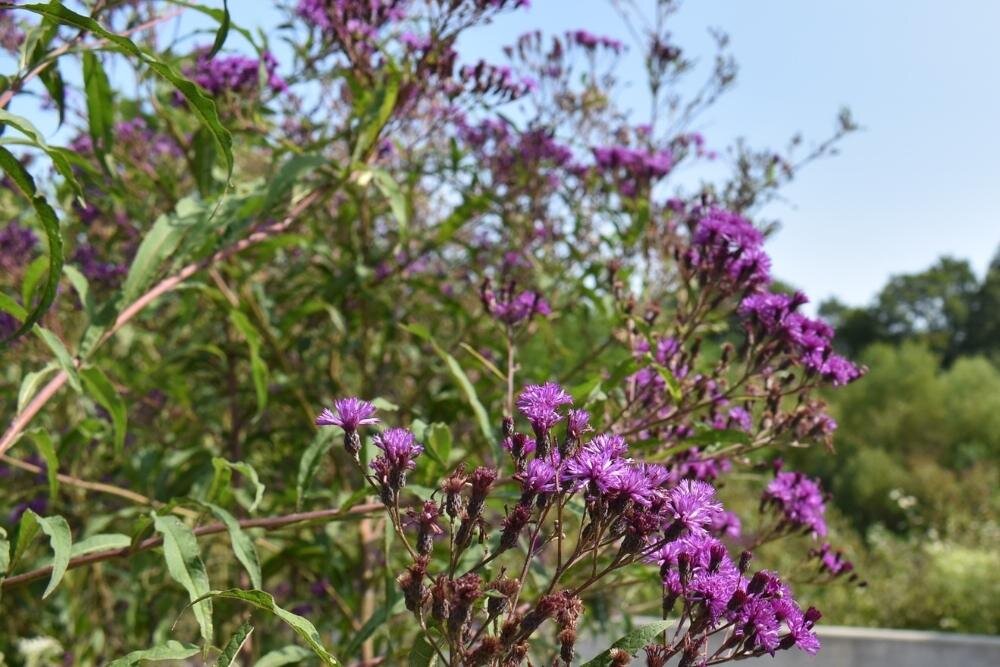
Giant Ironweed
Giant ironweed (Vernonia gigantea) is common statewide, usually in mesic pastures, fields, and thickets. It is considered a facultative wetland indicator plant, meaning it is equally likely to show up in wetlands as in non-wetlands. The nectar of giant ironweed attracts a wide variety of bees, butterflies, and other pollinators, and the blooms make for great butterfly watching. It is best used as a background plant in a larger naturalized planting.

Our Favorite Books
Summer may be over, but we're still reading! Our team has put together a list of some of our favorite books, covering a wide range of topics, with lots of natural science, biology and botany - of course! Now, we’re sharing it with you for your own reading pleasure.

Black Gum/Tupelo Gum/Pepperidge
Black Gum/Tupelo Gum/Pepperidge - Nyssa sylvatica – is a member of the Gum (Nyssaceae) family. It has perhaps the most striking fall color of any native or non-native tree we can plant in the southeast, and the flowers of Nyssa ogeche are the source of the famously delicious Tupelo honey.

Swamp Rose Mallow
Swamp rose mallow is a member of the Mallow (Malvaceae) family, which includes herbs, shrubs, and small trees. There are over 85 genera and 1500 species in this family, some of which are okra (edible), cotton (for apparel), and Rose of Sharron (ornamentals). The flowers of this plant only last one day, but being so conspicuous, they are a wonderful addition to the garden, and they attract many species of bees.

Incredible Owls and How to Protect Them
Imagine being able to track a sound’s movement, even as you’re moving at high speed. Owls can do that! Their stealthy hearing makes them insanely good at hunting. They’re nature’s pest control, but our pest control methods put their lives at risk.

Enjoy Our Lower Meadows in Peak Bloom
The native wildflowers in our lower meadows are in peak bloom, and members and visitors are invited to enjoy the flowers and see ecosystem management in action by touring the meadows during daylight hours.

